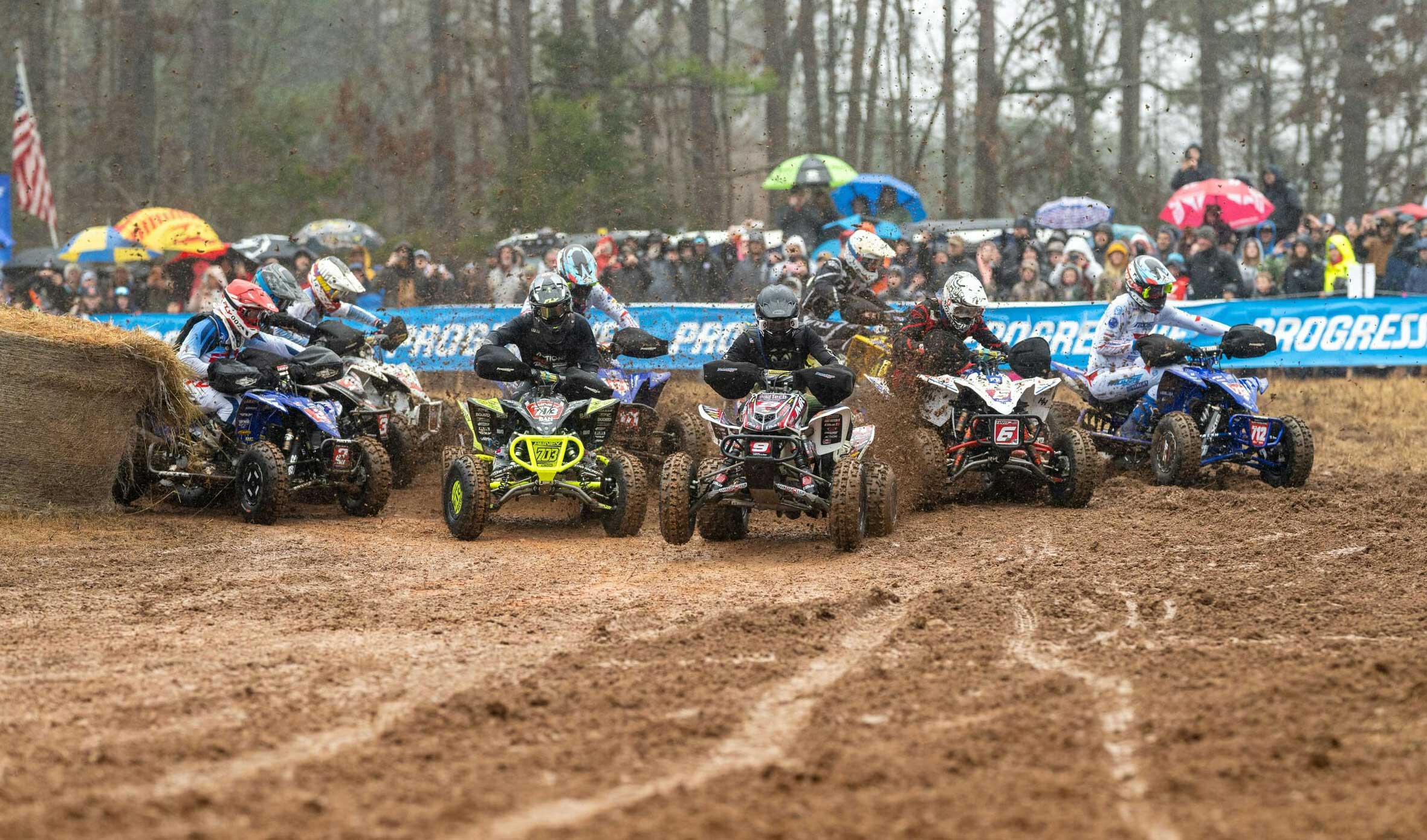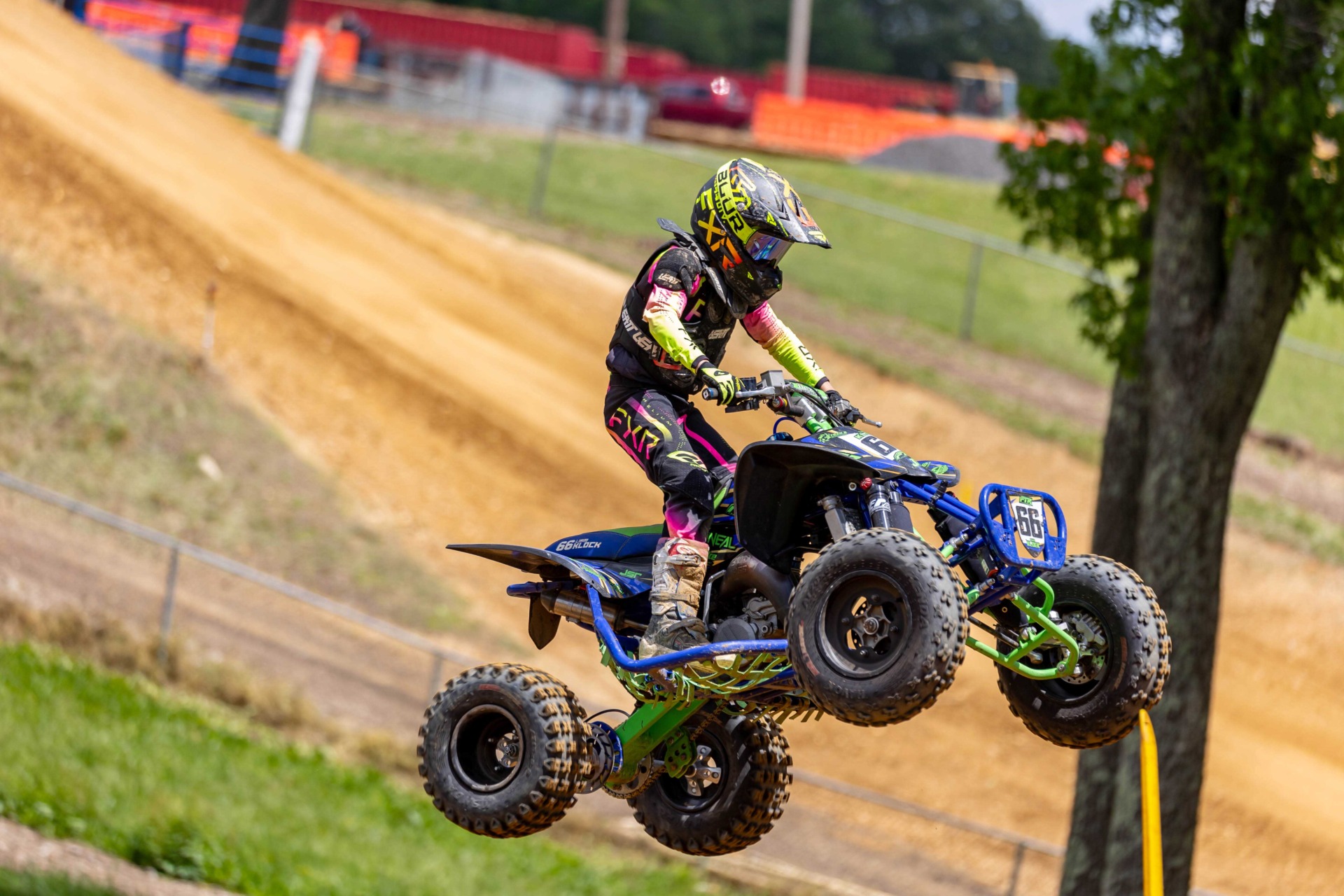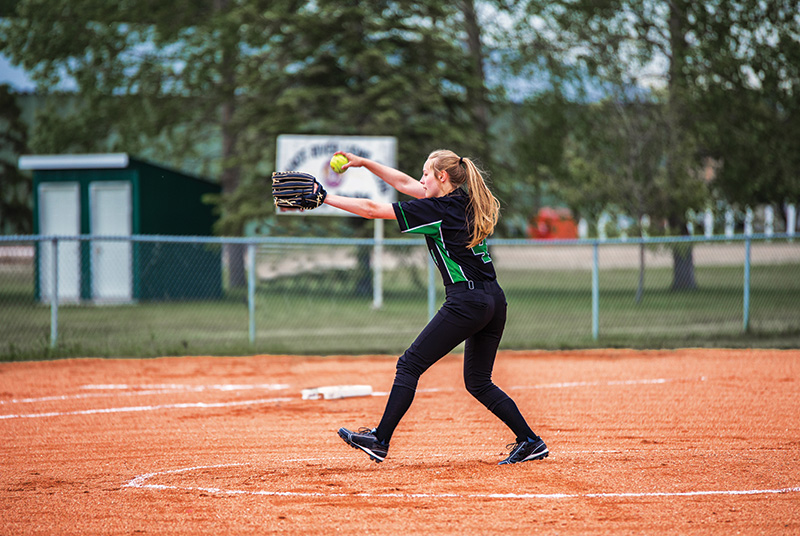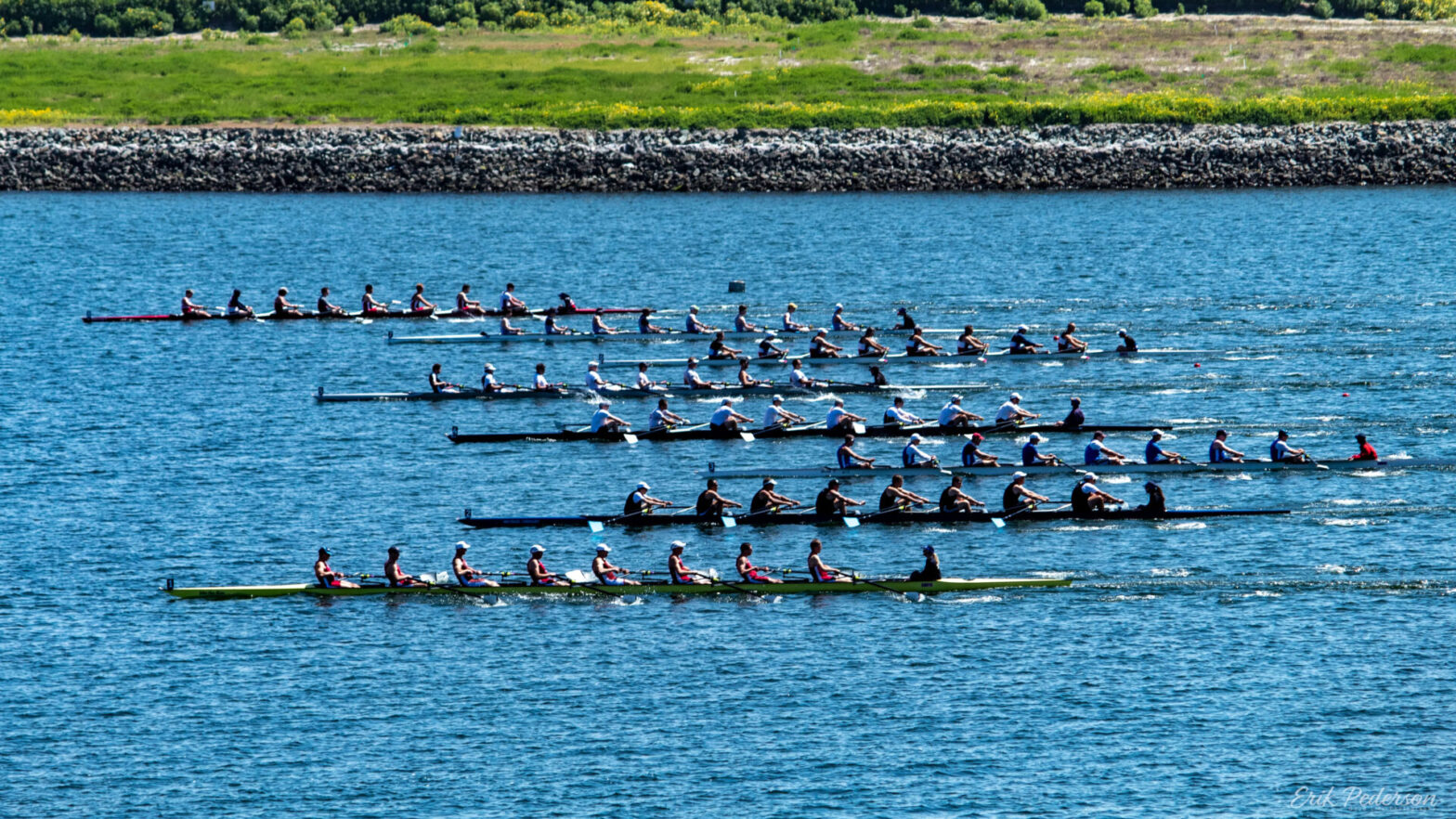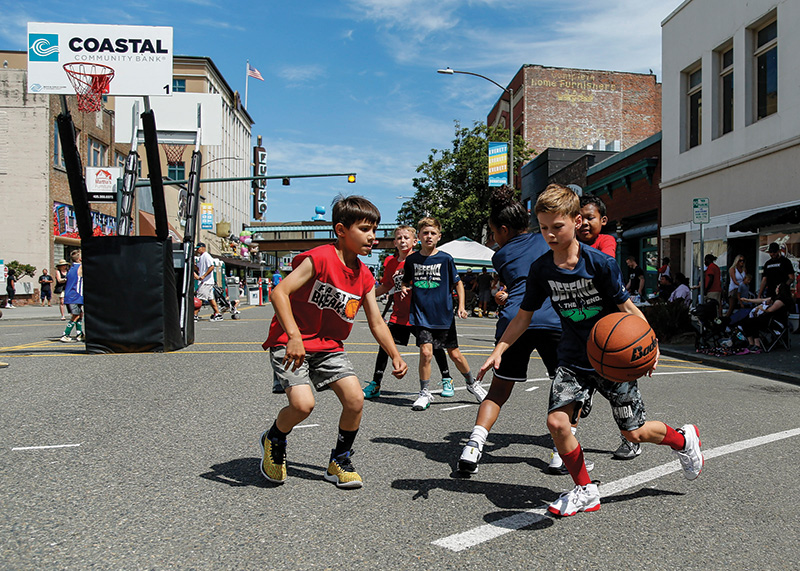When the gate drops and the engines roar, it’s off to the races in one of the planet’s fastest, grittiest, and adrenaline-fueled sports. Motocross and ATV racing have quick turns, straightaways, cross-country trails, and high-flying action.
Tens of thousands of athletes compete in thousands of races each year—from the Budds Creek Motocross track in Maryland to Mammoth Mountain, Calif., and all points in between, from competitors as young as four to the pros.
One of those is the Monster Energy American Motorcyclist Association (AMA) Amateur National Motorcross Championship, also called “Loretta’s,” held in late July/early August at Loretta Lynn Ranch in Hurricane Mills, Tenn. AMA represents over 200,000 motorcyclists across all disciplines and sanctions more than 80 pro events and 4,000 amateur events each year in the United States.
The Monster Energy race is the gold standard for motocross riders looking for factory sponsorships and pro careers. About 1,400 riders in 36 different classes are expected to line up for the largest motocross race in the United States
this summer. However, to earn a spot at Loretta’s, one must race extensively in area qualifiers and regionals, and qualifying alone can be considered a win.
Budds Creek MX Park holds 15 motocross and two ATV races each year, with an average of 500 racers in the various classes, says owner/promoter/organizer Ezra Beasley. Competitors range in age from four to 60 plus. MX Sports Inc. owns, manages, and produces the AMA Amateur National Motocross Championship and, through affiliates, fields more than 60,000 racers each year in competitions that attract millions of active fans, spectators, and enthusiasts. That includes ATV events like the AMA ATV Motocross Championship and the Grand National Cross Country Series. Like motocross, ATV racing is a high-speed, high-velocity, and heavy-hitting off-road sport.
A typical race weekend includes a Friday amateur practice day and races on Saturday and Sunday. The first moto or qualifiers for amateur classes are held on Saturday, and the second motos are held on Sunday. According to Racer Productions—which promotes, produces, and manages motocross and off-road series such as the GNCC—each class is scored separately using electronic transponder scoring. GNCC Racing has 137 classes, 50 of which are ATV classes (the other classes are bike and electric-assist MTB). Some of the ATV classes are youth, juniors, women, veterans, female vets, seniors, masters, silver masters, elite masters, sportsman, and trail rider. While most races take place on one- to three-mile tracks, there are longer races. As many as 2,200 riders compete in races in the GNCC Series, which involves eight to 12 miles of hills, mud, rocks, and demanding terrain.
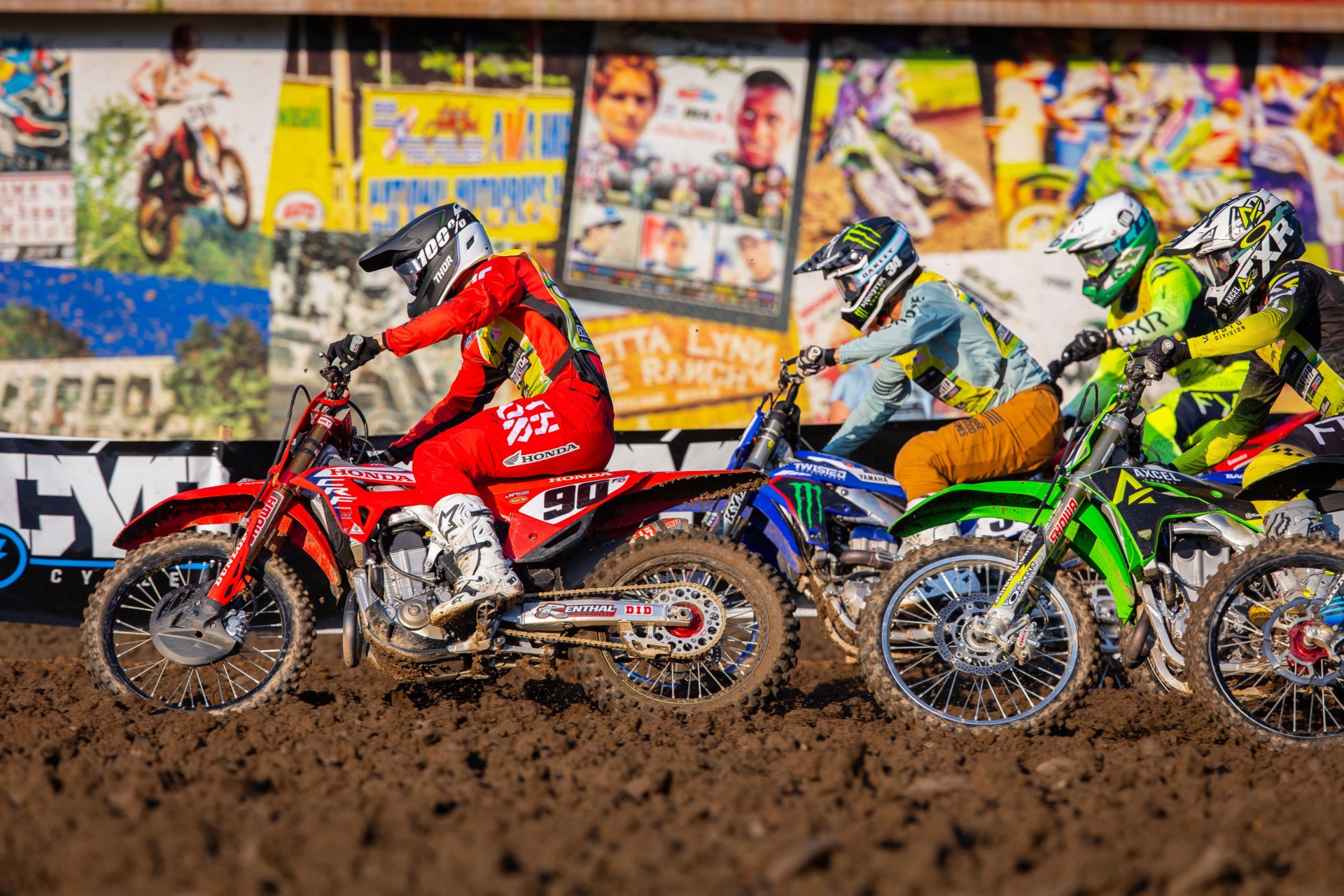
Riding through history
For more than 60 years, adventuresome athletes have taken to tracks to fuel their competitiveness and test their skill level. Starting in the mid-1960s, scrappy young people took to riding dirt bikes through natural terrain that could be dusty, muddy, flat, or rugged. According to The History of Motocross by Ed Youngblood, it didn’t take much for the sport to become competitive with make-shift races. AMA even referred to motocross in its racing rule book and sanctioned the sport in 1959.
The sport grew in popularity as riders could afford the inexpensive bikes and would enter competitions. By 1970, the American Motorcycle Association had held its Trans-AMA Series, which grew into the AMA Motocross Championship, which was held in 1972 at the Los Angeles Coliseum.
All-terrain vehicles, or ATVs, also have a long history. According to Motorsport.com, the first vehicle came onto the scene in the 1960s with amphibious six-wheelers. The vehicles were sit-ins, so riders did not straddle a seat. Soon, three-wheelers became popular, with the Honda ATC leading the pack in models. Recreational three-wheelers remained popular until 1987, when safety concerns resulted in a blanket ban on the vehicle. Manufacturers quickly regrouped to develop four-wheelers, now defined by the ATV term and used in racing, recreational, and utility vehicles. The ATV Grand National Cross County series began in 1980, and the ATV National Motocross Championship started in 1985.
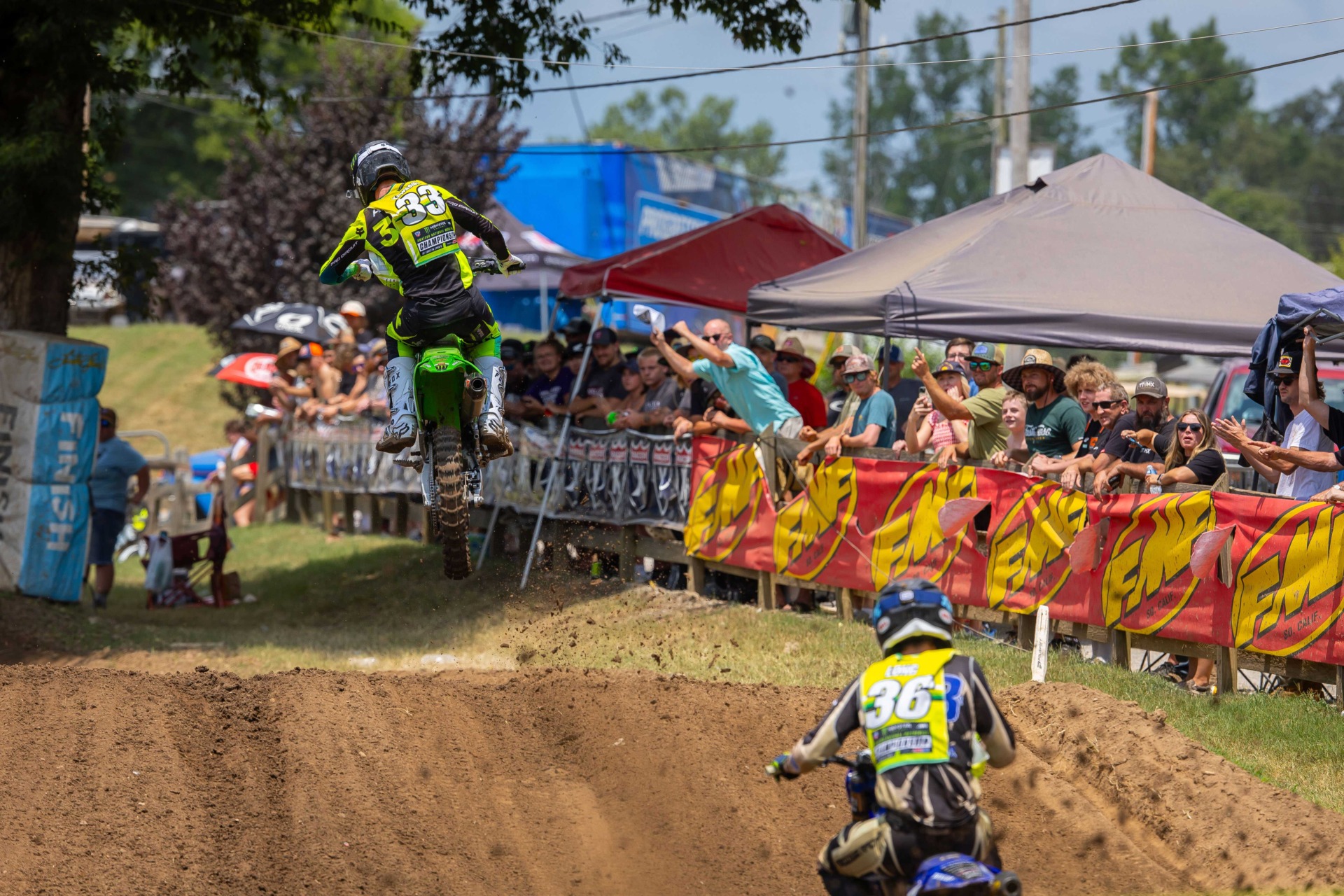
Planning a race
When considering a track, event organizers should look for “good, natural terrain,” Beasley says. “Then you’re looking for a good facility with plenty of parking, restrooms, and concessions.” He says organizers are also responsible for prepping the racetrack and ensuring it’s safe. This involves clearing the track of bushes and rocks, grading, watering, and smoothing.
Other factors to consider include:
- Designing a track with a mix of jumps, berms, turns, and obstacles, all considering participants’ skill levels.
- Having adequate insurance, including general liability, spectator liability, special event liability, and property coverage.
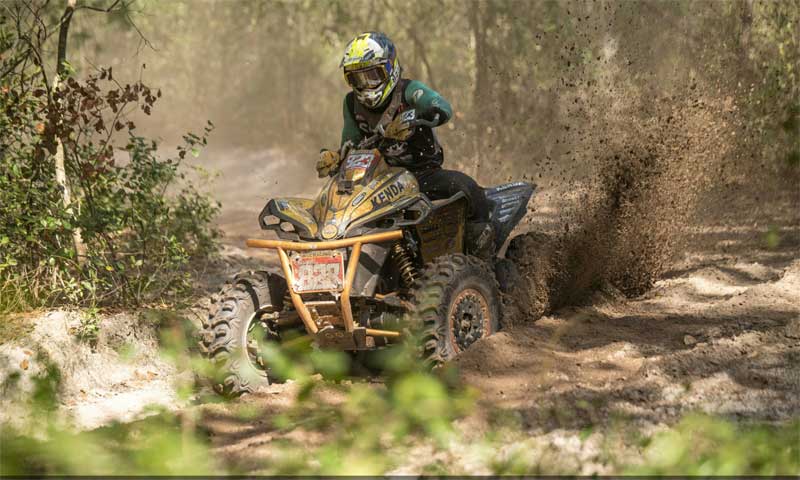
Safety first
Motorcycle and ATV riding are, by their nature, dangerous activities. Promoters are responsible for ensuring:
- Racing facilities are adequate and maintained for the event.
- Adequate safety personnel are on-site to handle injuries and crowd control.
- Fencing to separate spectators from the track.
- A dedicated flag crew to monitor the track and alert riders of hazards and downed riders or machines.
Beasley says Budds Creek has 16 flaggers positioned at each blind spot on the track. They also have a medical team with an ambulance on site.
In addition, riders are required to wear:
- Helmets
- Shatter-resistant goggles
- Boots
- Gloves
- Racing pants
- Long-sleeved jerseys
Many riders also use chest protectors, shoulder pads, and kidney belts for added protection, and some wear neck braces to prevent spinal cord injuries. AMA encourages riders—especially beginners—to wear as much protection as possible, summing up its safety guides as, “Don’t dress for the ride, dress for the crash.”
Other safety factors come into play during summer races, including the need to stay hydrated and cool to eliminate heat stroke risks.
Tips include:
- Drink plenty of water and diluted sports drinks
- Avoid alcohol and caffeinated drinks
- Cool down between practices and races (stay in AC, use ice towels, or dip in cold water)
Riders are ultimately responsible for their own safety, so AMA gives other tips, including:
- Walk the track and note obstacles.
- Practice riding the track.
- Attend the rider’s meeting.
